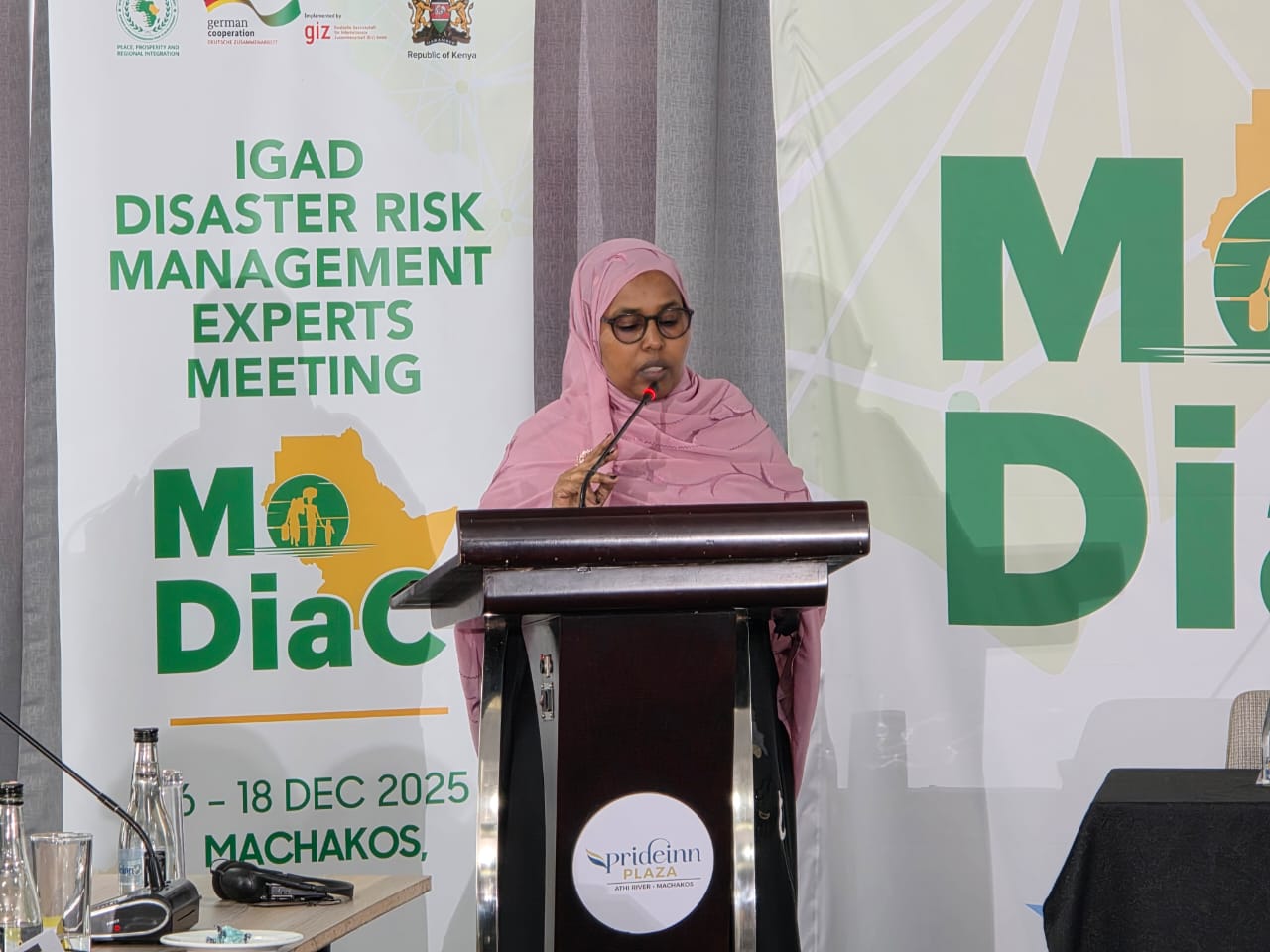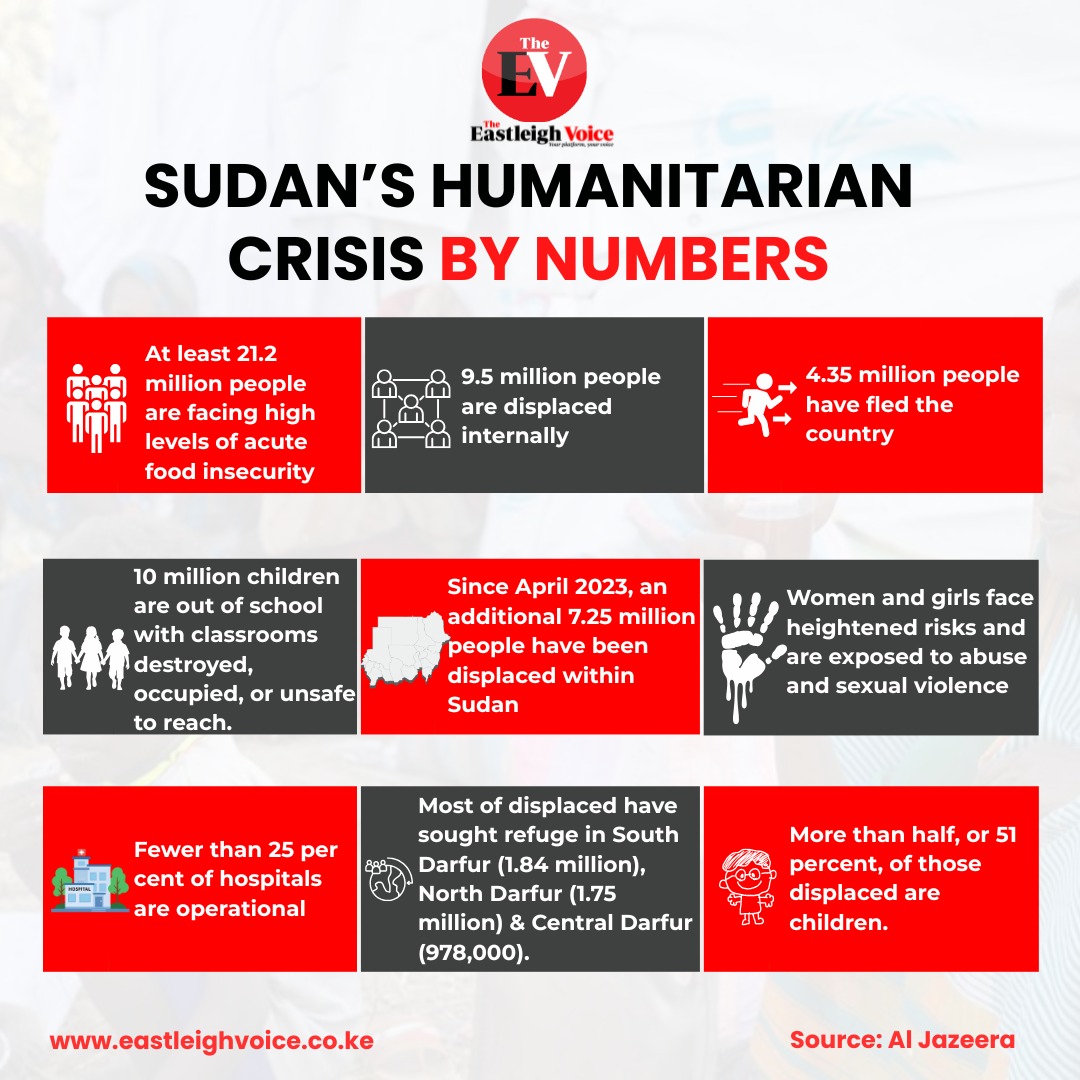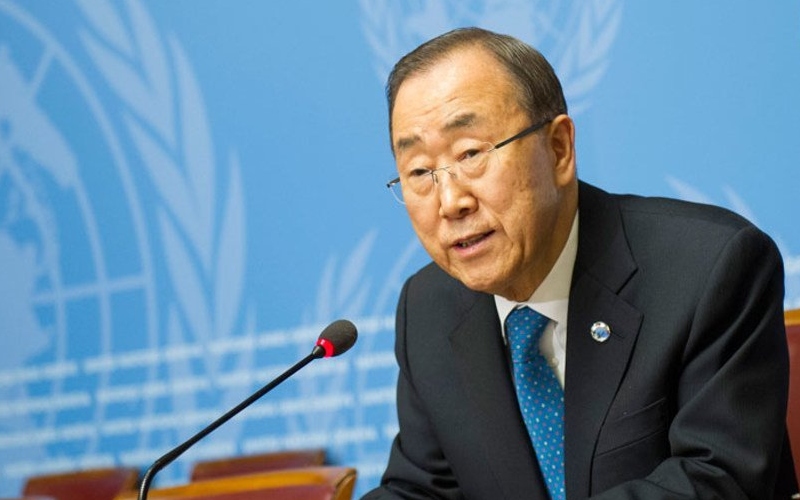Physical inactivity poses major risk for noncommunicable diseases, says WHO

The WHO urges countries to enhance policy implementation by promoting physical activity through community-based initiatives and supportive environments for activities like walking, cycling, and public transport use.
New data released by the World Health Organisation (WHO) highlights a concerning global trend where approximately 1.8 billion adults worldwide, roughly one-third (31 per cent), are not meeting recommended levels of physical activity, a 5 per cent increase since 2010.
If these trends persist, experts predict that by 2030, physical inactivity could rise to 35 per cent, undermining global efforts to reduce inactivity.
More To Read
- WHO warns of fake breast cancer drug in Africa, Middle East
- Why antenatal clinic attendance is falling — and the deadly risks for mothers and babies
- Lancet study shows planned term delivery can cut pre‑eclampsia risk by 30 per cent
- WHO review finds no link between childhood vaccines and autism
- Traditional medicine is now a global reality: WHO
- WHO warns tobacco use threatens fertility in men, women
Physical inactivity remains a leading risk factor for noncommunicable diseases (NCDs) and premature death worldwide. Regular physical activity is scientifically proven to help prevent and manage NCDs such as heart disease, hypertension, stroke, diabetes, and various cancers.
It also plays a crucial role in maintaining a healthy body weight and improving mental health, quality of life, and overall well-being. Physical activity encompasses all forms of movement.
Current global trends reveal that 1 in 3 adults and 81 per cent of adolescents do not engage in sufficient physical activity. Economic development often correlates with increased inactivity levels, which can reach up to 70 per cent due to shifts in transportation patterns, greater technology use for work and leisure, cultural norms, and rising sedentary behaviours.
Sedentary behaviour, characterised by low energy expenditure activities such as prolonged sitting and watching TV, coupled with insufficient physical activity, detrimentally impacts health systems, the environment, economic growth, community well-being, and individual quality of life.
The WHO recommends that adults undertake at least 150 minutes of moderate-intensity or 75 minutes of vigorous-intensity physical activity per week to mitigate the risks associated with cardiovascular diseases, type 2 diabetes, dementia, and certain cancers like breast and colon cancer.
However, a recent study conducted by WHO researchers in collaboration with academic partners and published in The Lancet Global Health notes missed opportunities to enhance public health and well-being through increased physical activity.
Dr Tedros Adhanom Ghebreyesus, WHO's Director-General, emphasised the imperative for renewed commitments and decisive actions, stating: "We must renew our commitments to increasing levels of physical activity and prioritise bold action, including strengthened policies and increased funding, to reverse this troubling trend."
Regional disparities are stark, with the highest rates of inactivity observed in high-income Asia Pacific (48 per cent) and South Asia (45 per cent), in contrast to lower rates in Oceania (14 per cent) and high-income Western countries (28 per cent). The Americas also exceed the global average, with 36 per cent inactivity.
Gender and age disparities persist globally, with women (34 per cent) being more inactive than men (29 per cent), a trend mirrored in the Americas, where 41 per cent of women are inactive compared to 30 per cent of men. Older adults aged over 60 are notably less active, underscoring the need for targeted initiatives tailored to this demographic.
Dr Rüdiger Krech, WHO's Director of Health Promotion, highlighted the profound impact of physical inactivity on global health, stating: "Physical inactivity is a silent threat to global health, significantly contributing to the burden of chronic diseases. We need innovative approaches that consider age, environment, and cultural backgrounds to promote physical activity as a preventive health measure."
This highlights the necessity for customised strategies aimed at fostering physical activity across diverse populations as a pivotal step towards reducing the prevalence of chronic illnesses worldwide.
Despite these challenges, the study identified progress in nearly half of the world's countries over the past decade, with 22 nations on track to achieve the global target of reducing inactivity by 15 per cent by 2030 if current efforts are sustained.
The WHO urges countries to enhance policy implementation by promoting physical activity through community-based initiatives and supportive environments for activities like walking, cycling, and public transport use.
Dr Fiona Bull, Head of WHO's Unit for Physical Activity, stressed the need for a comprehensive societal approach to enable and encourage active lifestyles, thereby improving global public health outcomes.
Increasing physical activity necessitates collaboration across sectors. Urban planning should prioritise pedestrian and cyclist-friendly infrastructure, while educational systems should integrate more physical activity into daily routines.
Workplaces can promote health by encouraging active breaks and providing exercise facilities. Public health campaigns need to raise awareness about the benefits of physical activity and create accessible opportunities for people of all ages to stay active.
The economic benefits of promoting physical activity are substantial, including reduced healthcare costs, enhanced productivity, and improved mental well-being. Therefore, investing in physical activity promotion is not only crucial for health but also a strategic economic imperative.
Top Stories Today











































